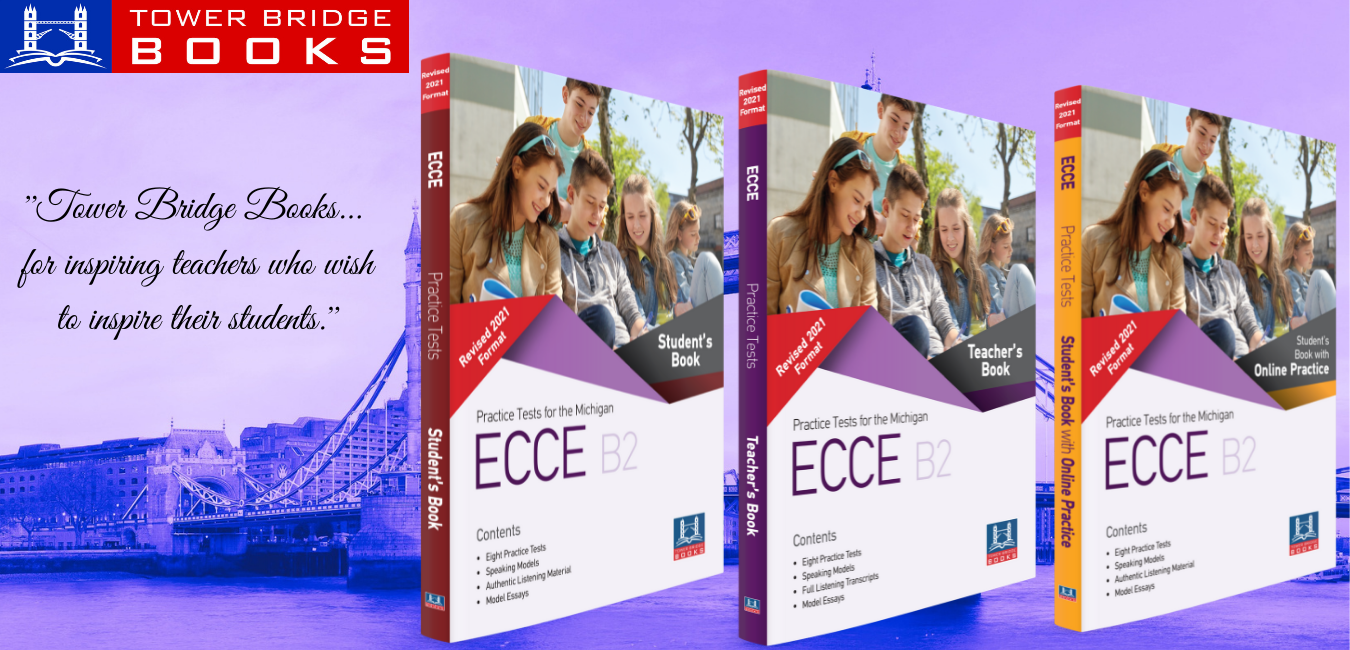With many schools returning to in-person learning after more than a year of remote or hybrid, many teachers feel conflicted about their technology usage going forward: Some want a hiatus from tech, while others have a bring-it-on attitude and aim to build on hard-earned technical skills.
Either way, technology is here to stay in education. When teachers take time to reflect on where they stand with technology and how to best integrate it into their practice, they’re better prepared for post-pandemic instruction.
That’s where technology integration frameworks come in—they can help teachers examine how technology supports learning and keep them from getting stuck on specific tools. I recommend exploring different educational technology integration frameworks that can help teachers zero in on what works best for them, and why.
TPACK
The Technological Pedagogical and Content Knowledge (TPACK) framework speaks to the different bases of knowledge that teachers possess (technological, pedagogical, and content) and how the three intersect; those intersections help teachers fold digital tools into their practice.
In the classroom: TPACK works well as an inventory in the lesson-planning phase. For example, imagine an elementary science teacher planning a lesson on the water cycle. Scientific vocabulary and concepts form her content knowledge and instructional strategies that have succeeded with her students in the past and best practices for the grade level form her pedagogical knowledge. Those two sets of expertise lead her to a collaborative approach: Students will explore the water cycle in groups.
That leaves her final consideration: technology. She asks herself the following questions:
What skills, concepts, or ideas do I want my students to learn?
What instructional strategies can I bring into this lesson?
Are these instructional strategies appropriate for my group of students?
What technology tools can I bring into this lesson?
What tools do my students know, and are those tools available to them?
Given that her students have the technical knowledge to do research and design a presentation, she lands on having them independently research the topic and collaborate to create a multimedia presentation to share what they learned.
I like to create a three-column chart when I’m planning with TPACK, where I list the skill, the instructional strategies that will be used to teach the skill, and the technology that I can weave into that activity.
SAMR
The Substitution, Augmentation, Modification, and Redefinition (SAMR) framework helps teachers think about how they currently use technology in their classrooms; it’s often thought of as a hierarchy, with each term within the acronym reflecting a level. It’s a reflective and qualitative assessment framework rather than an inventory.
Imagine a student writing an essay with pen and paper. With substitution, a technology tool is used without changing the task, like writing the essay in Google Docs. Augmentation offers minor improvements to the task—the student uses Google voice typing to compose their essay. With modification, the task is redesigned with a digital tool—the student shares their essay in an online space and receives feedback from readers. With redefinition, the lesson is reimagined entirely; the student might create a multimedia project rather than a traditional essay.
In the classroom: Teachers use the SAMR framework to determine whether or not the devices they currently use in their classrooms enhance or transform their instruction. They can shift among SAMR levels from lesson to lesson—and they don’t have to strive for modification or redefinition with every lesson.
When I teach, SAMR frames an assessment I do at the end of each week: I reflect on the lessons, listing the devices, software, or hardware I incorporate into instruction and how I used each tool. Then I ask myself the following questions:
Was the technology used as a substitute, or did it enhance the learning experience?
Did the technology improve student performance?
Did the technology give students additional learning opportunities that were previously not possible?
Were the students able to successfully achieve the learning objectives with the use of the technology?
Could I have used the tools in a more beneficial way for my students?
The answers to these questions help me to see when lessons that modified or even redefined technology usage didn’t help my students master the learning objective, and when there were additional ways I could have integrated technology for a better learning experience. From there I make informed decisions for future planning that are rooted in reflection and qualitative assessment.
Another framework, the PICRAT matrix, is very similar to SAMR, but it prompts teachers to consider how exactly students engage with tech tools. RAT stands for replace, amplify, and transform, which mirror the substitution, modification, and redefinition stages of SAMR, while PIC describes if the students are using the technology passively, interactively, or creatively. A passive lesson would be students observing teachers playing a video on a whiteboard, an interactive lesson would be students answering embedded questions while watching a video, and a creative lesson would involve students producing a video of their own. For teachers who want to zero in on the qualitative aspects of student engagement with technology, PICRAT is a great alternative to SAMR.
By Kathryn Nieves








